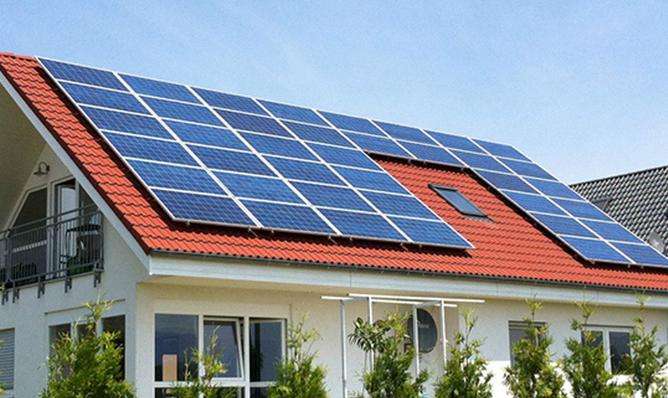1. Excessive stator temperature damages the generator insulation. Insulation temperature levels are divided into several groups. Hydrogen generators are generally rated F. National standards allow a temperature increase of 105 degrees. If the temperature is too high, it will damage the insulation and shorten the life of the motor. Of course, this can also burn the stator coil directly.
2. The risks associated with excessive rotor temperature are the same as those in the first point.
3. If the pad material is bus alloy, the national standard cannot exceed 75 degrees, and the plastic tile is 55 degrees. If it is too high, the pad will be burned and it will no longer be able to function. In actual operation, bus alloys typically operate between 40 and 60 degrees. Plastic tiles work below 50 degrees.
4. Installing a cooledair sewer consists of cooling the stator and the rotor. Water circulates through the air cooler to cool the air inside the generator to achieve cooling.
Common cooling methods for turbogenerators include:
(1) Air cooling. It is divided into open air cooling and closed circulation air cooling. So-called open-air cooling consists of the fact that in ordinary small generators the generator fan draws cold air into the engine from the factory building, cools each part, and then exhausts it out of the machine . Closed cycle air cooling is used in large and medium sized generators. After the cooling air exits the generator, it is conducted under the machine pit. After being cooled by a set of air coolers, it is driven into the engine by one. fan. This air circulatesalways inside to keep the machine clean.
(2) Water cooling. Generally, it is internal double water cooling, that is, the conductors of the stator winding and the rotor excitation winding are hollow, the water from Cooling passes inside the conductors and the stator bore is always cooled by air. Although the cooling efficiency is high, the interior of the driver is prone to scaling and clogging.
(3) Hydrogen cooling. It is divided into two cooling methods: external hydrogen cooling and hydrogen water cooling. External hydrogen cooling is the same as air cooling, except the cooling medium changes from air to hydrogen, but the hydrogen cooler is inside the machine. The difference between water-hydrogen cooling and hydrogen coolingonly the cooling water passes inside the stator winding conductor, and the rest is the same as the external hydrogen cooling.














